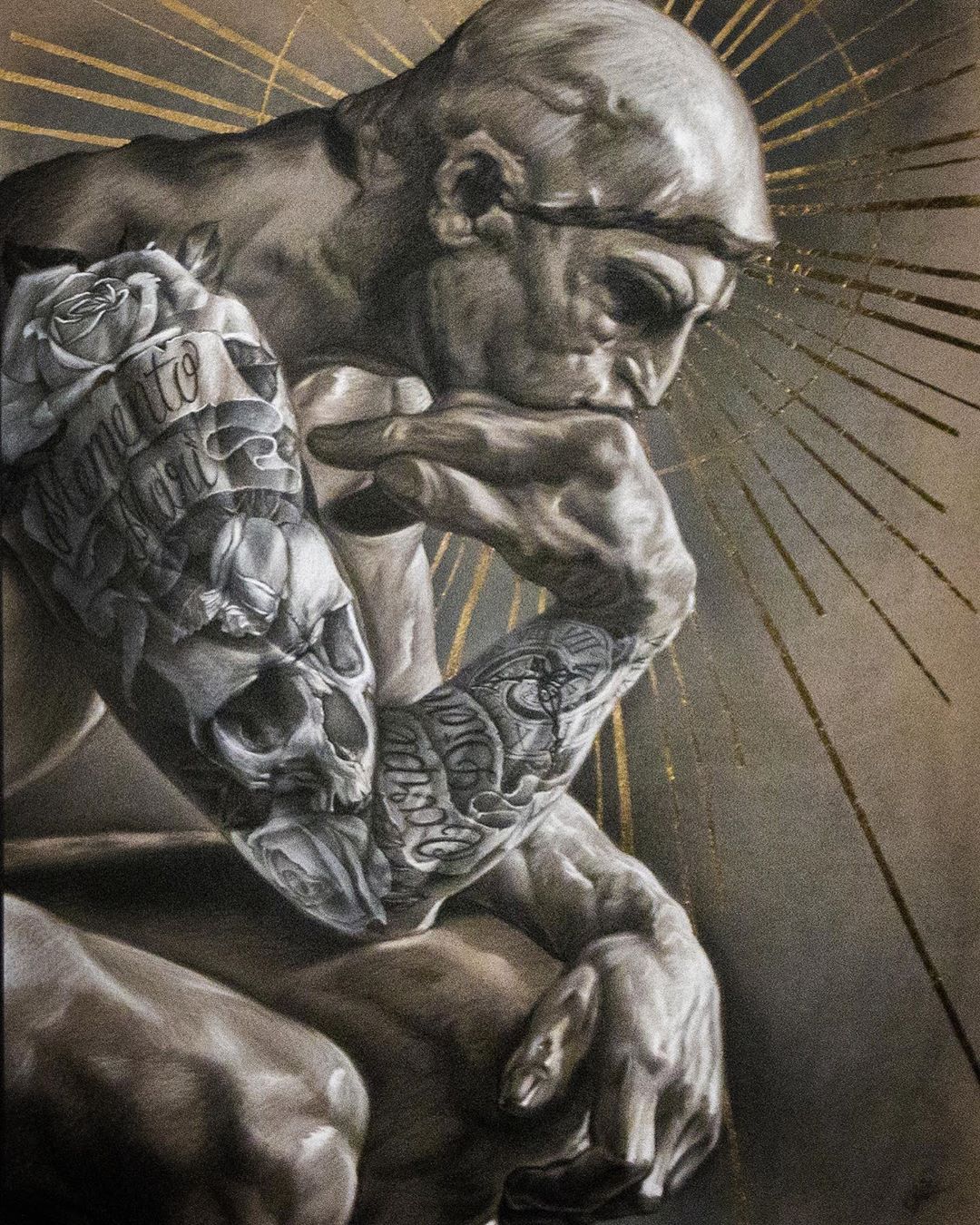Grabador Fantasma (Phantom Recorder)
2018 - Film & Video (Film & Video)
9:25 minutes
Adrían Balseca
The project Grabador Fantasma (Phantom Recorder) consists of a communally constructed technological device in Sarayaku ancestral territory. Adrian Balseca’s site-specific composition is an “ecología del paisaje sonoro”, an artifact that collects sounds produced by different organisms, amplifying the complex historical plot of the area. From a traditional Sarayaku Peracian Dacryodes Copal wood barge with a solar cell panel system, an electric motor, a gramophone, and a recording system wireless audio, the specific characteristics of the soundscape are registered and transformed. The project seeks to reveal the modulations of the landscape through the causes and effects of biological (biophonic), geophysical, and man-made (antropofonía) sounds. Recorded on film, the video is inspired by Werner Herzog’s film Fitzcarraldo (1982), on the figure of businessman Brian Sweeney Fitzgerald who travelled to the Amazon with his gramophone to make his millions in rubber, aspiring also to build an opera house in the jungle. Balseca explores the colonial violence of which Fitzgerald is emblematic, here using the gramophone to pay close attention to nature. By deviating from a story where the main character is a European industrialist blinded by the promise of rubber and by the work within a territory that resists the oil industry, Balseca denounces a world founded upon extractivist modernity. In its acoustic dimension, the work is an invitation to re-politicize ecology and to rethink the concept of territory. The artist adopts the sound of listening, which, as a tool, a creative means, to orient us towards compassion and care.
Artist Adrian Balseca’s work broadly focuses upon extractivist practices in South America and across the globe, contemplating their ensuing environmental impacts. Producing installation, photographs and objects, the artist explores issues including the history of rubber extraction from the Amazon, the impact of oil spills, and the development of the car industry. His work tracks a trajectory through developmental history that allows for a reflection upon the physical, economic and epistemic violence contained within modes of production at the service of multinational capital. Often beginning with site-specific interventions based around banal yet symbolic objects, the car, a sewer, or a lamp for example, Balseca goes on to explore their manufacturing process, through which we might access questions of economy, nature, power and memory.
Colors:
Related works sharing similar palette
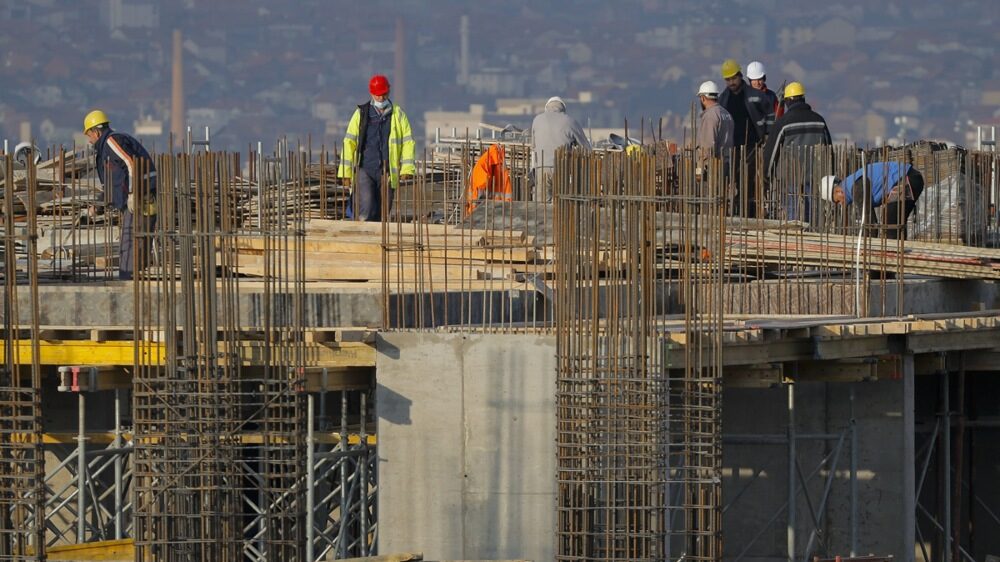
© » PRISHTINA INSIGHT
Worker Fatality Rates Still High, BIRN Report Uncovered - Prishtina Insight Home Kallxo Jeta në Kosovë Drejtësia në Kosovë Gazeta JNK Log In Subscribe News Features Opinion Guide Big Deal Archive Follow @prishtinsight Workers labor on the construction site amid the ongoing coronavirus COVID-19 pandemic in Pristina, Kosovo, 24 November 2020...
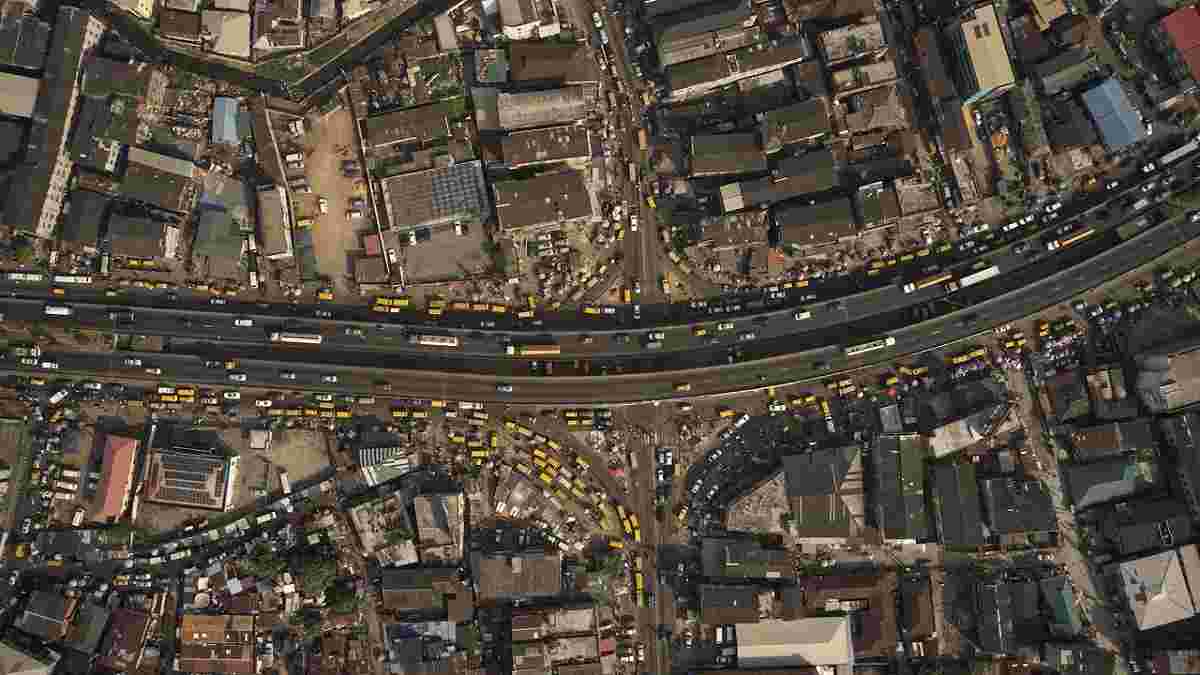
© » ART CENTRON
Ojuelegba Comes Alive in Emeka Ogboh's Multisensory Installation - Artcentron Home » Ojuelegba Comes Alive in Emeka Ogboh’s Multisensory Installation ART Feb 3, 2024 Ξ Leave a comment Ojuelegba Comes Alive in Emeka Ogboh’s Multisensory Installation posted by ARTCENTRON Emeka Ogboh, Ojuelegba 2023...
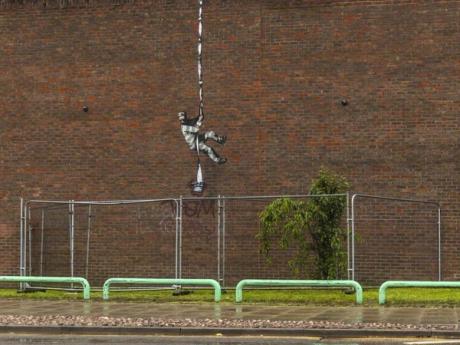
© » THEARTNEWSPER
Preserving Banksy: public art database to document the UK’s murals Art market Museums & heritage Exhibitions Books Podcasts Columns Technology Adventures with Van Gogh Search Search Art UK news Preserving Banksy: public art database to document the UK’s murals The project, backed by the National Lottery Heritage Fund, will also capture many of Northern Ireland's politically charged street art works Gareth Harris 9 February 2024 Share Banksy's Escaping Convict at Reading Gaol (2021) is one of the works already documented on Art UK's database © the artist, courtesy of Pest Control Office, 2022...

© » ARTS EQUATOR
Weekly Picks: Singapore (21 – 27 January 2019) | ArtsEquator Thinking and Talking about Arts and Culture in Southeast Asia Weekly To Do January 21, 2019 The Utama Spaceship by Spacebar Theatre , UTown Dance Studio, 22 – 23 January In the not-so-distant future, Singapore sends The Utama Spaceship to colonise a planet in the nearest star, Alpha Centauri...

© » SLASH PARIS
Myriam Pruvot — Chant éloigné — La Maréchalerie, centre d’art contemporain — Exhibition — Slash Paris Login Newsletter Twitter Facebook Myriam Pruvot — Chant éloigné — La Maréchalerie, centre d’art contemporain — Exhibition — Slash Paris English Français Home Events Artists Venues Magazine Videos Back Previous Next Myriam Pruvot — Chant éloigné Exhibition Architecture, performance, sound - music, video Antenae © Myriam Pruvot, 2023...

© » KADIST
Caroline Déodat
2020Landslides is a cinematographic essay/poem by Caroline Déodat in which fictional images are the result of research into the memories of a Mauritian dance born during colonial slavery, the Sega...
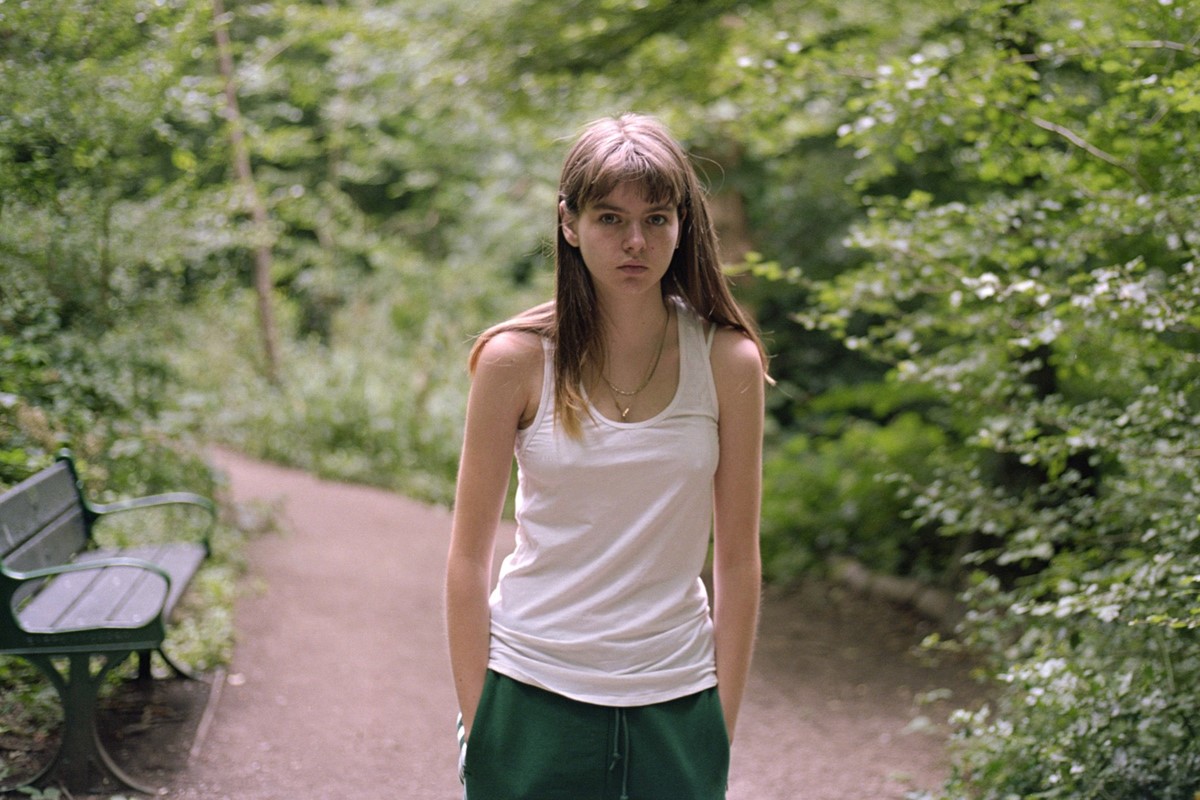
© » ANOTHER
Angela Hill’s Emotional Portrait of Her Daughter’s Adolescence | AnOther IDEA co-founder Angela Hill’s latest photo book, Edith, captures two decades of her daughter’s life as she navigates the rocky trials of adolescence December 04, 2023 Text Millen Brown-Ewens This time last year, IDEA co-founder Angela Hill had just released the independent publisher’s most personal publication to date: the first book of her own photography...

© » KADIST
Taloi Havini
2015Following her family’s political exile to Australia in 1990, Havini began to document her journey’s home to the north of Buka Island, in the Autonomous Region of Bougainville...
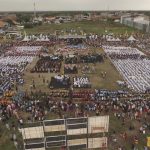
© » ARTS EQUATOR
Jatiwangi Art Factory: Cultural work that breaks the mould | ArtsEquator Thinking and Talking about Arts and Culture in Southeast Asia Articles Courtesy of Jatiwangi Art Factory September 7, 2020 By Nia Agustina, translation by Eka Wahyuni (1,980 words, 6-minute read) In one corner of West Java, Indonesia, in the Majalengka Regency, a group of volunteers work hand in hand to distribute Personal Protective Equipment (PPE), groceries, food, and medical equipment to people who have to work outside the home during the Covid-19 pandemic...

© » THEARTNEWSPER
The latest exhibition at England's Baltic sets a whole new bar for showing art in a climate crisis Art market Museums & heritage Exhibitions Books Podcasts Columns Technology Adventures with Van Gogh Search Search Green is the New Black blog The latest exhibition at England's Baltic sets a whole new bar for showing art in a climate crisis Stepping Softly on the Earth embodies the themes of sustainability and interconnectedness both in its theme and how it has been put together Sponsored by Louisa Buck 6 February 2024 Share Stepping Softly on the Earth brings together work by more than 20 artists from across the world, whom together challenge our human-centred perspective Photo: John McKenzie @ Baltic Centre for Contemporary Art Green is the new black In this monthly column, Louisa Buck looks at how the art world is responding to the environmental and climate crisis...

© » KADIST
Sofía Córdova
2021Set some time in the future, Sofía Córdova’s multi-channel film installation GUILLOTINÆ Wanna Cry, Act Yellow: Break Room imagines a public that worships pop stars and revolutionary leaders equally...

© » KADIST
Michelle and Noel Keserwany
2022Les Chenilles by Michelle and Noël Keserwany is a sensual film that translates the source of women’s oppression into the means for their liberation...


